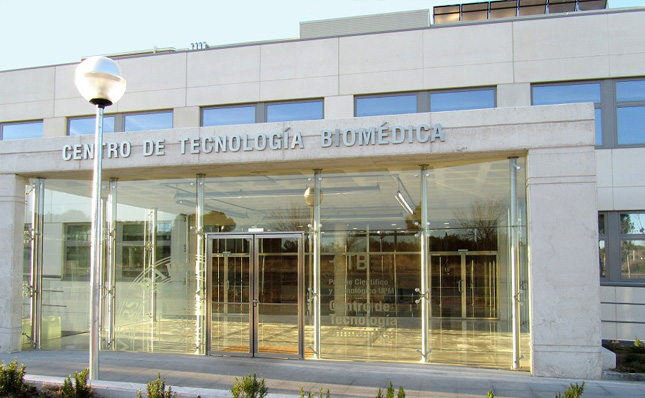Paper details
Stroke is one of the major causes of death and disability worldwide. Besides the infarct core, interesting studies indicate that remote regions connected to the infarcted area are also affected and this may be implicated in the suppression of functional recovery after the ischemic event1.

In the present study, we analyse possible morphological alterations of dendritic spines from pyramidal neurons located in the contralesional somatosensory cortex-barrel field (BF). 594 pyramidal neurons from BF (layer III) of tMCAo stroke mice model and the correspondence Sham mice were individually injected with Lucifer Yellow (LY), allowing a further 3D reconstruction of the neuron structure and dendritic spines2.
We studied several morphometric parameters of dendritic spines from apical and basal dendritic trees. We observed that, along with changes in dendritic tree complexity, the morphological structure of dendritic spines also vary between groups, both in apical and basal dendrites. This may reflect changes in the functional capacity of the neuron since dendritic spines are considered to be the main post-synaptic element and their morphology could determine synaptic strength and learning rules3, thus influencing the recovery of the patient after the stroke event. Therefore, the alterations found in this stroke model should be further analysed.
References:
1 Buetefisch CM. Role of the Contralesional Hemisphere in Post-Stroke Recovery of Upper Extremity Motor Function. Front Neurol. 2015; 6:214.2 Benavides-Piccione R, Regalado-Reyes M, Fernaud-Espinosa I, Kastanauskaite A, Tapia-González S, León-Espinosa G, et al. Differential Structure of Hippocampal CA1 Pyramidal Neurons in the Human and Mouse. Cereb Cortex. 2019 Jul 2.
3 Benavides-Piccione R, Fernaud-Espinosa I, Robles V, Yuste R, De Felipe J. Age-based comparison of human dendritic spine structure using complete three-dimensional reconstructions. Cereb Cortex. 2013 Aug; 23 (8): 1798–810.


